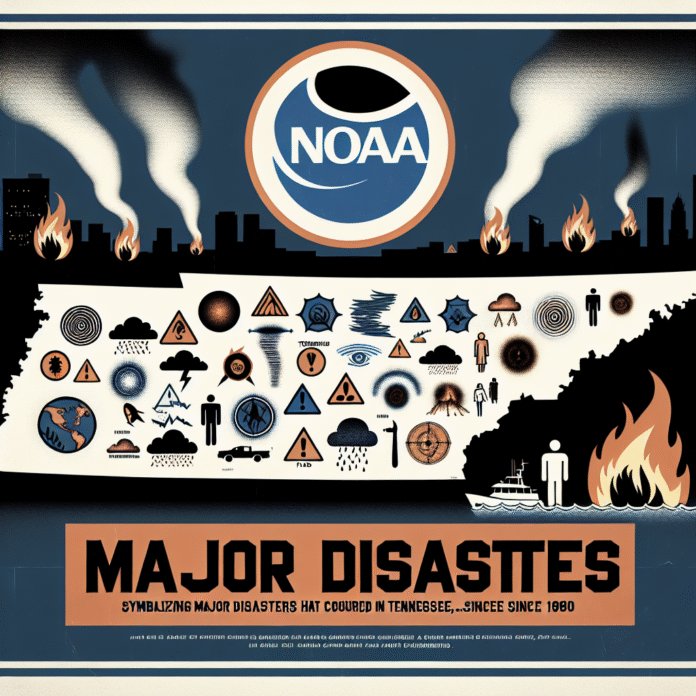Tennessee’s History of Billion-Dollar Disasters Exceeds 100 Since 1980 as NOAA Stops Tracking Them
WPLN News
Tennessee’s History of Billion-Dollar Disasters
Since 1980, Tennessee has experienced over 100 disasters that have each incurred damages exceeding one billion dollars. These catastrophic events include severe storms, floods, tornadoes, and other natural calamities that have significantly impacted the state’s infrastructure, economy, and communities.
The National Oceanic and Atmospheric Administration (NOAA), the organization responsible for tracking and documenting these billion-dollar disasters, has recently announced that it will no longer continue this practice. This decision raises concerns about how future disasters will be recorded and understood, as this data is crucial for disaster preparedness and response efforts.
Impact of Natural Disasters in Tennessee
The state of Tennessee has a diverse geography that contributes to various types of natural disasters. From the Appalachian Mountains in the east to the Mississippi River in the west, these regions are susceptible to different weather patterns and risks. Flooding, for instance, has been a recurring issue, particularly in urban areas like Nashville, where heavy rainfall can lead to rapid water accumulation.
Tornadoes are another significant threat, especially in the spring months when conditions are ripe for severe weather. The devastation these storms can cause underscores the importance of maintaining accurate records and analyses of past events to inform future disaster preparedness.
Future Considerations
With NOAA stepping back from documenting billion-dollar disasters, it becomes critical for state and local governments, as well as research institutions, to fill this gap. Enhanced collaboration and data-sharing initiatives can help ensure that Tennessee remains prepared for future events. Moreover, investing in infrastructure improvements, emergency response training, and public awareness campaigns can mitigate the impact of these disasters on communities.
Additionally, as climate change continues to influence weather patterns, the frequency and severity of natural disasters may increase. Understanding historical data and trends will be essential in developing strategies to protect lives and property in Tennessee.
In conclusion, while the cessation of NOAA’s documentation may pose challenges, it also presents an opportunity for the state to take a proactive approach in disaster management and resilience-building efforts moving forward.


